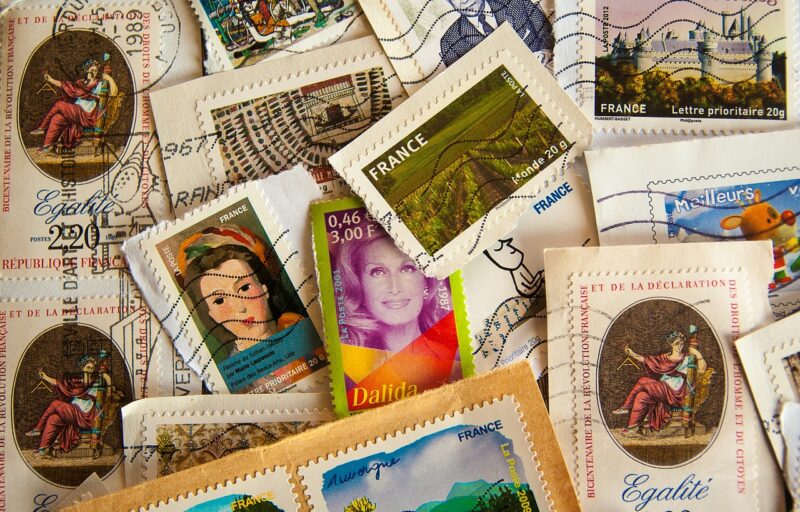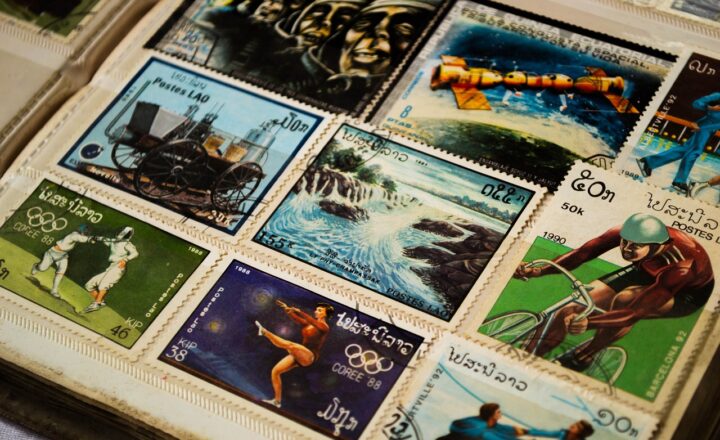How to Find Rare and Valuable Stamps to Start an Impressive Collection
November 13, 2024

Starting a stamp collection can be an exciting journey into history, art, and culture. Collecting stamps not only offers a creative outlet but can also be a fruitful investment if you’re able to find rare and valuable pieces. This comprehensive guide will walk you through the steps necessary to build an impressive stamp collection by identifying, locating, and acquiring valuable stamps.
1. Understanding Stamp Collecting
Stamp collecting, or philately, is more than just a mere hobby; it involves researching, curating, and preserving stamps in a professionally organized manner. To become an effective collector, you will need to familiarize yourself with different types of stamps and their respective values. Here are some foundational steps to set you on the right course:
- Learn the Basics: Start by understanding how stamps are categorized, including commemorative, definitive, and airmail stamps. Familiarize yourself with stamp terminology like mint, cancelled, and used stamps.
- Research Stamp Catalogues: Invest in stamp catalogues, either in print or online. Catalogues provide details about historical significance, market value, and rarity of stamps. Popular catalogues include the Scott Catalogue and the Michel Catalogue.
- Join a Community: Engage with local stamp clubs, online forums, and social media groups. Connecting with other collectors can provide valuable insights and opportunities to exchange or purchase rare finds.
By building a foundational understanding of philately, you position yourself better to recognize valuable stamps and to avoid common mistakes.
2. Identifying Valuable Stamps
Not all stamps are created equal. Identifying rare and valuable stamps can take time and research. Below are some characteristics that can indicate a stamp’s value:
- Rarity: Stamps that were issued in limited quantities are typically more valuable. Famous stamps like the British Guiana 1c Black on Magenta and the Inverted Jenny are prime examples of high-value items based on rarity.
- Condition: The condition of a stamp is paramount. Mint condition stamps (never used) are valued higher than used ones. Look for issues such as tears, creases, or discoloration that can significantly decrease value.
- Historical Significance: Stamps that have historical importance or were released during notable events can hold higher values. For example, stamps featuring important figures, events, or national milestones often sell for a premium.
Understanding these aspects allows you to sift through your collection and identify potential treasures.
3. Where to Find Rare Stamps
Finding rare stamps requires creativity and resourcefulness. Here are some strategies that collectors often use to acquire valuable pieces:
- Stamp Dealers and Shops: Visit local stamp dealers or shops. Knowledgeable dealers can provide insights and help you find valuable stamps. Build rapport, and don’t hesitate to ask for their opinions and recommendations.
- Auctions: Consider participating in stamp auctions, either in-person or online. Websites like eBay, Heritage Auctions, and StampAuctionNetwork are great platforms. Make sure you know the market value of the stamps you’re interested in to avoid paying more than necessary.
- Flea Markets and Estate Sales: You never know when you might stumble across a hidden gem! Flea markets and estate sales can yield unexpected results, so keep an eye out when you’re out shopping.
- Online Marketplaces: Websites dedicated to stamp sales, like Delcampe and Philatelic Traders, can offer a vast selection. Always validate the credibility of the seller before making a purchase.
By employing these strategies, you can significantly enhance your chances of discovering rare stamps to add to your collection.
4. Evaluating and Authenticating Stamps
Before purchasing a stamp, it’s crucial to evaluate its authenticity and condition. Improperly evaluated stamps can lead to financial loss. Here’s how to ensure you’re making a sound investment:
- Use a Magnifying Glass: A magnifying glass helps inspect your stamp for imperfections, printing errors, and cancellation marks, which can all affect value. Look for the perforations and paper type as well.
- Seek Professional Help: If you’re uncertain regarding the authenticity or value of a stamp, consider consulting professional authenticators and appraisers. They can provide expert opinions and help you avoid counterfeit concerns.
- Check for Certificates of Authenticity: Look for certificates when purchasing high-value items. These documents confirm the stamp’s authenticity and can significantly boost resale value if you ever decide to sell your collection.
Evaluating stamps not only protects your investment but also enhances your understanding and appreciation of philately.
5. Storing and Maintaining Your Collection
Once you’ve begun to assemble your collection, proper storage and maintenance will protect your stamps for years to come:
- Use Quality Storage Materials: Acid-free sleeves, albums, and boxes are essential to protect your stamps from moisture, light, and dust. Avoid using regular plastic binders, as they can harm the stamps over time.
- Organize Your Collection: Whether by theme, year, or country, organizing your stamps will not only make your collection more enjoyable to view but will also help track the value of different stamps more easily.
- Create an Inventory: Maintain a detailed inventory of your stamps, including their value and condition. This is essential not only for personal reference but also for insurance purposes in case of theft or loss.
By implementing these storage methods, you will ensure the longevity and integrity of your prized stamps.
Conclusion
Stamp collecting can offer endless enjoyment and potential financial rewards when approached with the right knowledge and strategy. By understanding how to identify, acquire, evaluate, and maintain valuable stamps, you’ll be on your way to creating an impressive collection that can be cherished for generations. Start your journey today, and remember to enjoy the experience of exploring the fascinating world of philately!
Take your first steps toward building a stunning stamp collection. Research, network, and be persistent, and soon you will uncover unique pieces that speak to you and your personal history. Happy collecting!





